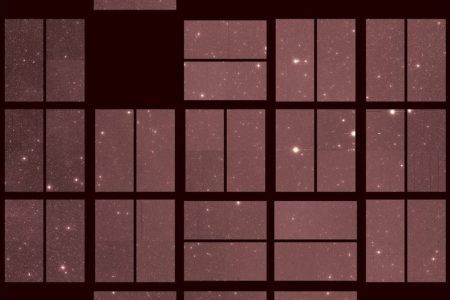August 15, 2019 – Researchers at The Center for Exoplanets and Habitable Worlds at Penn State University have just published a paper in The Astronomical Journal that estimates the occurrence of planets similar to Earth around stars that are like our Sun. They derived the rate for planets sized between 0.75 and 1.5 Earths, with orbits of between 237 to 500 Earth-days. The calculations were one by extrapolating the data collected by the Kepler Space Telescope and Europe’s Gaia missions.
The Kepler mission launched in 2009 and retired in 2018, surveyed hundreds of thousands of stars in a targeted region of the Milky Way galaxy, and in the process discovered thousands of planets. Astronomers are still harvesting Kepler data more than a year after NASA ended its mission.
The Kepler sample discovery was so large it profoundly changed our planetary estimates for the Milky Way. So many of its discoveries were solar systems circling individual and binary stars and showed planets were ubiquitous throughout the galaxy.
The Gaia mission, launched in 2013, was given a wider goal to create a three-dimensional survey map of the Milky Way providing accurate positional measurements for more than one billion stars. Gaia also has discovered extra-solar planetary systems to add to the Kepler haul which when extrapolated across the entire Milky Way has given the Penn State researchers the ability to calculate the total number of planets in our galaxy.
The researchers used the data from both space telescopes to infer the number of planets and their sizes and orbital distances from host stars. They were able to then come up with a number for planets occupying habitability zones as well as the number of Sun-like stars as their hosts. They were also able to come up with an estimate of planets in the galaxy that were a close approximation to our planet, varying in size from three-quarters to one-and-a-half Earths in diameter. They also were able to estimate the number of planets of Earth-like proportions that circled their host star in orbits ranging from 237 to 500 Earth-days.
Eric Ford, Professor of Astronomy and Astrophysics at Penn State, and one of the lead authors of the paper noted that “knowing how often we should expect to find planets of a given size and orbital period is extremely helpful for optimizing surveys for exoplanets and the design of upcoming space missions.” And knowing that at minimum there will be one Earth-like planet for every 33 stars and that the planet will be orbiting in the right number of days within the habitability zone, makes the search more compelling. That one in 33 is the low estimate. The high estimate is nearly one in two with the average approximately one in four.
Penn State has built an instrument which it has added to the Hobby-Eberly Telescope, a 10-meter instrument located at the McDonald Observatory in Davis Mountains, Texas, to search for low-mass planets around cool stars. They call the instrument the Habitable Zone Planet Finder, and it recently went into operation. It uses an ultra-precise Doppler spectrograph to find extrasolar planets and measure their mass and velocity around orbiting stars.
It will be interesting to read more from this research team as they uncover many future habitable-zone planets just in case some of us decide to seek refuge on one of them after we finish wreaking havoc on the one we live on now.
















